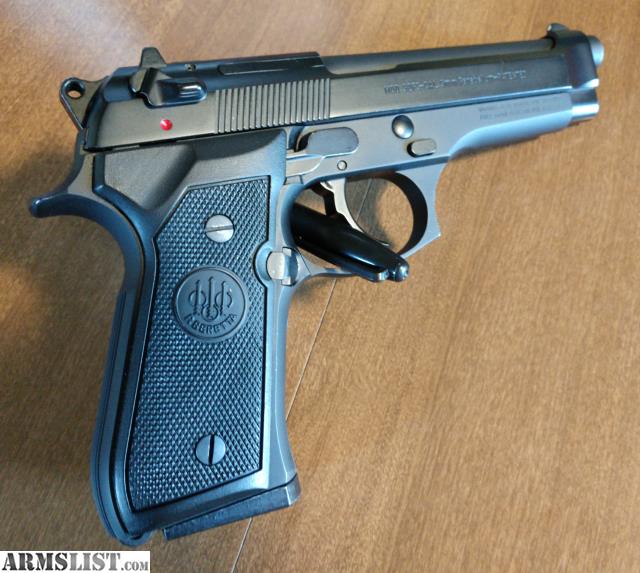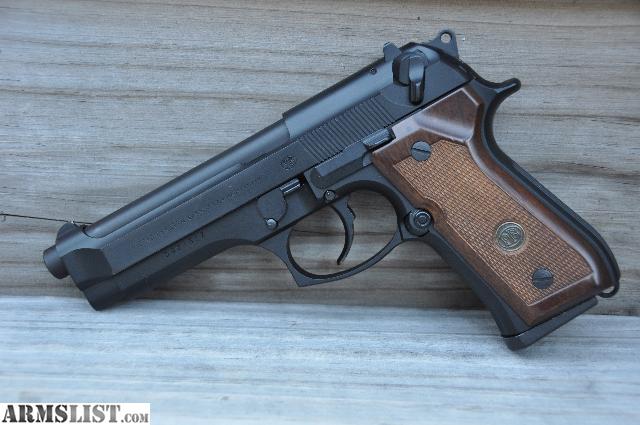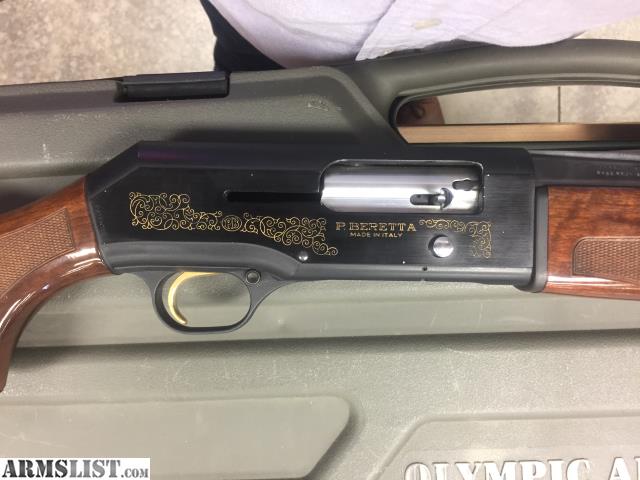
The gun’s one-piece polymer frame is merely a shell, a molded technopolymer cover surrounding an independent stainless steel fire control subchassis containing frame rails, trigger and striker firing system. The Nano’s construction is unprecedented for a semi-automatic pistol. If this sounds a bit familiar, it is, because the Nano is following a contemporary trend in handgun design of combining steel and polymers to build lighter weight pistols however, Beretta has not come to the party without bringing its own unique contribution. The Nano is also light at 17.67 ounces empty because the frame is polymer. 32 ACP Beretta Tomcat measures 5.4 inches in overall length, 3.63 inches in height and 1 inch in width. For a 6+1 capacity 9mm, those are close tolerances. The Nano, as the name implies, is small-smaller than any 9mm ever manufactured by Beretta-a mere 5.63 inches in length, 4.17 inches in height, and 0.90 inches in width. Beretta’s first entry into this emerging market is the innovative Nano.

380 ACP semi-automatic pistols for decades, but scaling down a 9mm was never a priority until the 21st century and the rise in demand for larger-caliber subcompacts for concealed carry. 32 ACP as the Model 3032 Tomcat, all three are still produced today by Beretta and remain among the most popular pocket pistols ever designed.īeretta has been making medium-frame, double-action 9mm and. 22 rimfire, including the single-action Models 950 and 950B in the 1950s, predecessors to the most famous of all post-WWII pocket models: the double-action, tip-up-barrel Models 20, 21 and 21A, the latter more popularly known today as the Bobcat. In 1936, Beretta developed the Model 318, followed by the vaunted Model 418 a year later, a pistol that was to become one of the most popular small-caliber semi-automatics of the WWII era.Īfter WWII, Beretta continued to develop new pocket semi-autos in. The first Beretta was also not too dissimilar in basic appearance from the Browning FN (Fabrique Nationale) Model 1900, for which the 6.35mm cartridge had been originally designed.

Not a bad record for a gun.’”īeretta’s first small-caliber pocket model was introduced in 1919 (Model 1920) and was chambered in 6.35mm, a cartridge developed by John Browning in 1900.

Never had a stoppage and I haven’t missed with it yet. Fleming once noted that he had carried a Beretta Model 418 during the war, so there was more truth than fiction to 007’s Beretta and his sentimentality toward surrendering it for a Walther PPK in Fleming’s 1958 novel Dr. 25 ACP (6.35mm Browning) model was even written into the early James Bond novels by author Ian Fleming, who, like the fictional Bond, was a commander in British Naval Intelligence during World War II. Beretta also has a legacy for building some of the finest small-caliber pistols of all time, including the famous Model 418 (circa 1937 to 1961). But when it comes to semi-automatic pistols, the historic Italian gunmaker waited until the early 20th century before building its first self-loading model in 1915, establishing a lineage of medium- and large-frame semi-autos that have evolved for nearly a century.

Beretta is the oldest armsmaker in the world, established nearly half a millennia ago in 1525.


 0 kommentar(er)
0 kommentar(er)
